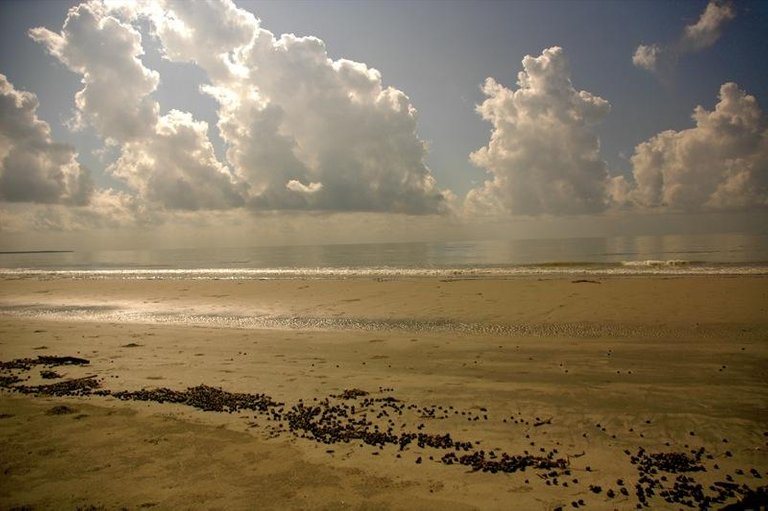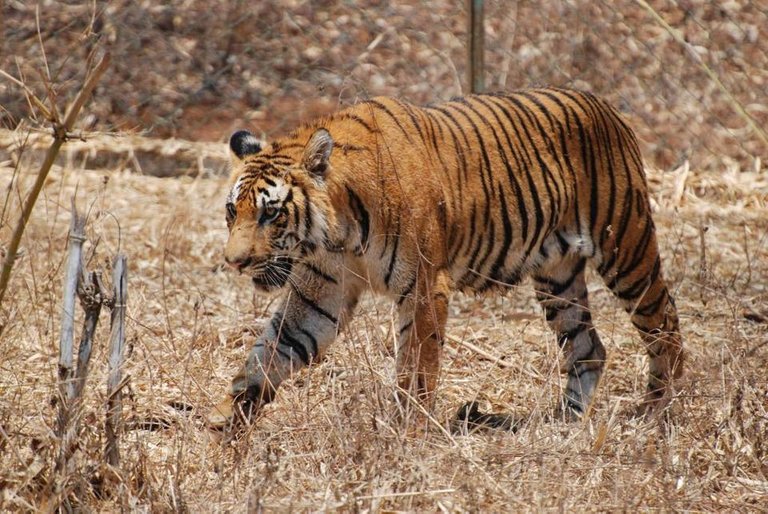GzyyPiJwuLcY7tM3)Sundarbans is the largest mangrove forest in the coastal offshore earth. This forest area is situated in the Ganges and Brahmaputra estuarine and extends across West Bengal of Bangladesh and India. Sundarbans was recognized as UNESCO World Heritage Site in 1997. The total size of the Sundarbans is 10000 sq km....... Of these, the area of Bangladesh is about 6,017 sq km. Forest, known as the habitat of numerous species of animals, including the famous Royal Bengal Tiger, various types of birds, chitta deer, crocodiles and snakes. Apart from this, the famous Sundari and Golapata trees are also found in this forest area. Honey bees made from these bees are collected from honey bees, etc...... The information about these Sundarbans...., we all know, in the writing of Bangla second letter or Bangla 1st Letter. Many of us do not know much about this, but this natural resource of our country is one of the world's best places to live as world-famous......... ...But it is generally assumed that Sundarbans have been named from the beautiful trees.....
Qt3y2ZNRdQ)
##Plant diversity:The main forest variations of the Sundarbans include plenty of beautiful, gaiwa, garna and keora. Acc....ording to a report published in 1903, there are a total of 245 classes and 334 species of plants.
After this report there has been a significant change in the various mangrove species and their classification.... In the nature of the forest, very rarely has been searched for the calculation of these changes..... Grass and shrubs include shawn, pipe reed, pavement etc. Kahera refers to the newly formed sludge and this species is important for wildlife, especially Chitra deer.
##Wildlife:There is a wide variety of wildlife in the Sundarbans. Banana bans have been prohibited in some areas of the Sundarbans, which can not be collected without any forest resources, and there is little disruption in the life of wild animals. Although it is clear that animal resources in Bangladesh have decreased in recent times and the Sundarbans are not beyond. Yet the Sundarbans has survived many species of progeny and other related species. Among them, tigers and shushuks are being planned. Ecology of the Sundarbans is of basic nature and which is a vast place of wild animals. Turtles, lizards, oysters and the Royal Bengal Tiger are among the local species of the Sundarbans. Various species of deer, buffalo, rhinoceros and crocodiles have become rare in the Sundarbans since the beginning of the 21st century.
The Sunderbans of Bangladesh are important for commercially important 120 species of fish, 270 species of birds, 42 species of mammals, 35 reptiles and 8 amphibic species habitats. This implies that there are a large number of different species of Sundarbans in Bangladesh (such as 30 percent reptiles, 37 percent of birds and 37 percent mammals). For birds in the field of observation, reading and research, the Sundarbans is a paradise for birds.



